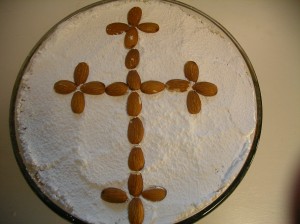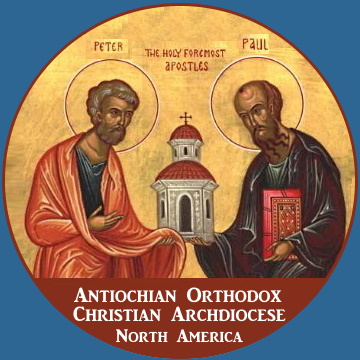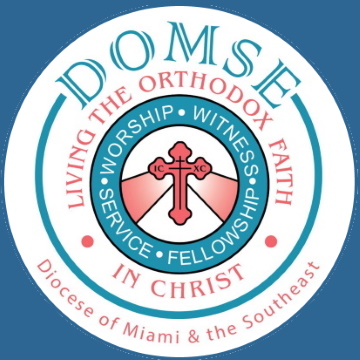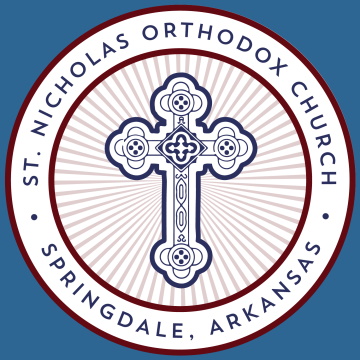Achording to the article on OrthodoxWiki.com;
Kollyva (Greek: Κολλυβα, (kólliva); Serbian: кољиво, (koljivo); Romanian: colivă ; Bulgarian: коливо, (kolivo); Ukrainian and Russian: Kutya (or Kutia)) is an offering of boiled wheat that is blessed liturgically in connection with the Memorial  Services in Church for the benefit of one’s departed, thereby offering unto God, as it were, a sacrifice of propitiation (atonement) for the dead person, and in honor of the Sovereign Lord over life and death.[1]
Services in Church for the benefit of one’s departed, thereby offering unto God, as it were, a sacrifice of propitiation (atonement) for the dead person, and in honor of the Sovereign Lord over life and death.[1]
The Kollyva are symbolic of the resurrection of the dead on the day of the Second Coming of the Lord. St. Paul said, “what you sow does not come to life unless it dies” (I Corinthians 15:36), and St. John, “unless a grain of wheat falls into the earth and dies, it remains alone; but if it dies, it bears much fruit” (John 12:24).
Thus, as the wheat is buried in the soil and disintegrates without really dying but is later regenerated into a new plant that bears much more fruit than itself, so the Christian’s body will be raised again from the very corruptible matter from which it is now made; however, it will be raised not in its previous fleshy substance but in an incorruptible essence which “will clad the mortal body with an immortal garment”, in the words of St. Paul (I Corinthians 15:53).
The Kollyva then, symbolize the Apostolically rooted hope in the resurrection of the dead as the only eventuality that gives meaning and attains the longed perfection on the part of the individual who takes his life to be a divinely ordained meaningful living forever.[2]
The 16th century Archbishop Gabriel of Philadelphia[note 6] wrote that the Kollyva are symbols of the general resurrection, and the several ingredients added to the wheat signify so many different virtues.[3]
Recipe from Kh Marilyn
4 cups dry wheat berries
- Bring large pot of water to a boil. Add berries, stir. Turn off heat and let sit for one hour.
- Turn heat to medium and cook for about one hour. Do not over cook where the berries split. Make sure there is plenty of water and berries do not become mushy.
- Drain in cold water. Pat dry between paper towels. May be refrigerated until needed.
Add:
1 tbs parsley
2 cups chopped walnuts or slivered almonds
2 cups raisins and/or cranberries
1 package Graham Crackers crushed (plain or cinnamon). If using plain Graham Crackers add a few shakes of cinnamon.
- Drizzle with honey. Just enough to barely be sticky, yet still crumbly.
Place in dish to be used. - Sprinkle powdered sugar on top and use plastic wrap to smooth until totally covered.
- Put a cross on top with whole almonds or slivered almonds, or cinnamon.
- Be creative.
For more pictures of Koliva try here…


